In a workshop next to his Wimberley home, Philip Morley creates custom wood pieces such as record-player consoles and the Morley Rocker, a sculptural chair he originally designed for his wife when she was pregnant with the first of their four children. The 38-year-old craftsman, who grew up in London, embraced woodworking during his troubled teen years after a judge sent him to trade school full-time. He moved to the U.S. in 2003, eventually becoming an apprentice to Austin furniture maker Michael Colca. Morley, who branched out on his own in 2014, now has more than 148,000 followers on Instagram. “I am not a tech person,” he says, “but it brought me great exposure.” Texas Monthly talked to Morley about his work.
Texas Monthly: How would you describe the style of furniture that you build?
Philip Morley: Essentially I think of myself, for the most part, as a prototype shop, because most of the things I do are one-of-a-kind pieces [with] Scandinavian, clean-line, mid-century modern influences—but I think it even goes beyond design. It’s about the carefulness of the selection of wood.
TM: Was the Morley Rocker your first design?
PM: Yes, I would definitely say the Morley Rocker was the first piece I was truly proud of and would call my own.
TM: What is the most popular piece or pieces of furniture that you make?
PM: Right now, it’s record consoles. They came from work I did for [Austin bike builder and TV host] Jesse James. He bought a vintage console from a company called ATX Record Players and basically told them, “You need to get with Philip Morley and get him to design you a new one.” What those [early] cabinets led to are the pieces I’m really excited about, [which] are one-of-a-kind record consoles.
TM: How long does it take to build one of your rocking chairs versus your record consoles?
PM: It’s really difficult to know because I’m never building [just] one piece. I’m used to building two to three pieces at the same time and going back and forth on them. If I were to just work on one [rocking chair], it could take 100–150 hours. I’ve put a thousand hours into a piece before.
TM: What type of wood do you prefer to work with?
PM: I work with mostly domestic woods—walnut seems to be the thing right now, and I love working with really clean-grain walnut. The next three consoles [I’m working on] are going to be walnut. Sapele mahogany is really beautiful, too, for the record consoles.
TM: Are you still a one-man shop, or do you have an assistant?
PM: I have an apprentice; her name is Amanda Russell. The thing with the woodworking community that’s unique to itself is that we don’t tend to try to hide secrets. We’re not trying to hold on to it. We like sharing. Amanda was a student of mine, and of Michael’s [Colca]. She was just very passionate about wanting to do this as a craft, so she had a great attitude.
TM: You have taught classes at Austin Community College and the Austin School of Furniture and Design. Why is teaching so important for your craft?
PM: I’m a better craftsman because I teach. There’s no doubt about it. When you do something by yourself in a shop, you don’t have to analyze it a whole bunch. But, when you’ve got to teach it, and then you’ve got ten students saying, “But, why do you do it that way,” then you have to really think, like, “Okay, why am I doing it this way?” And it does make you a better teacher, and you get to meet some amazing people.
This interview was edited for clarity and length.
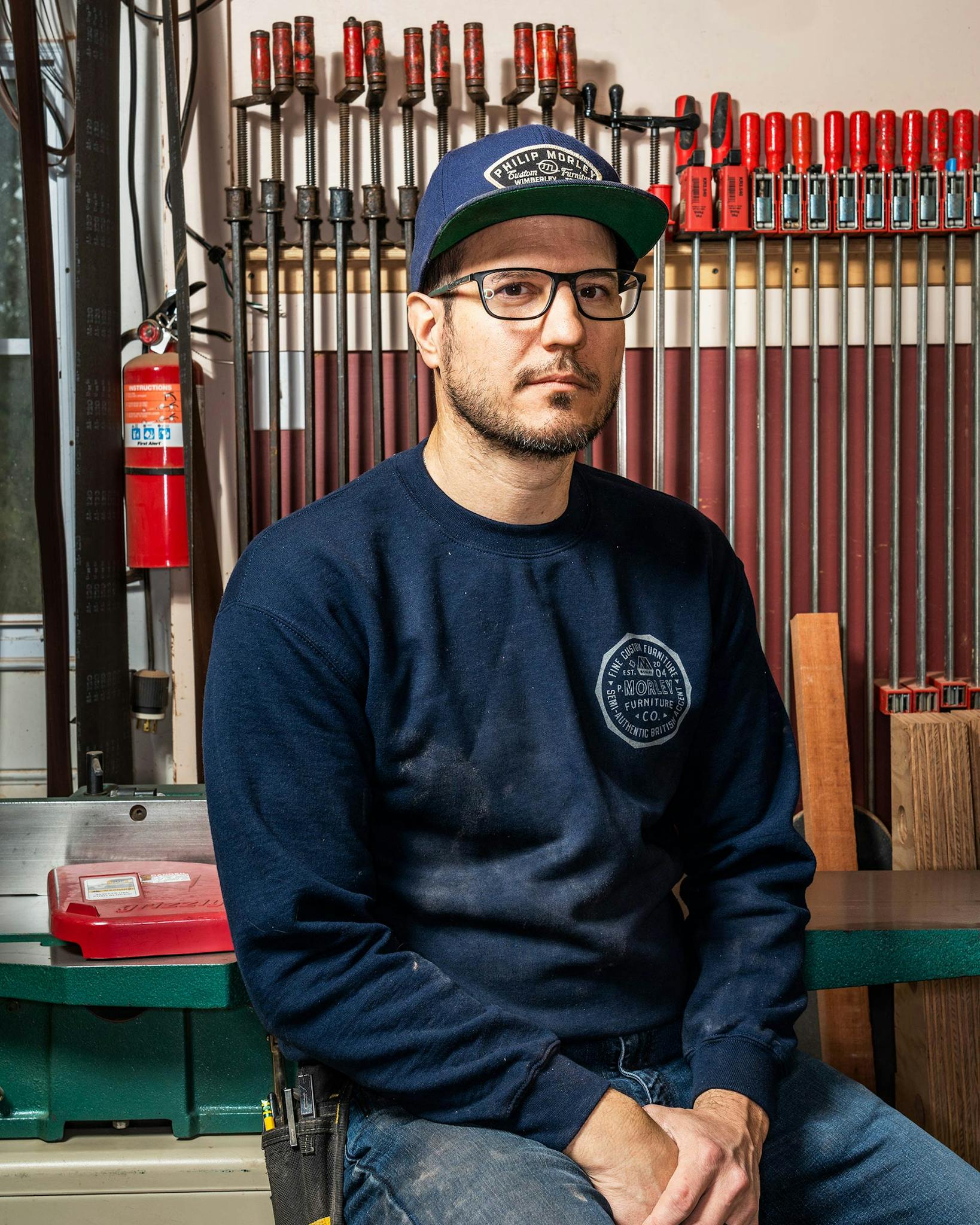
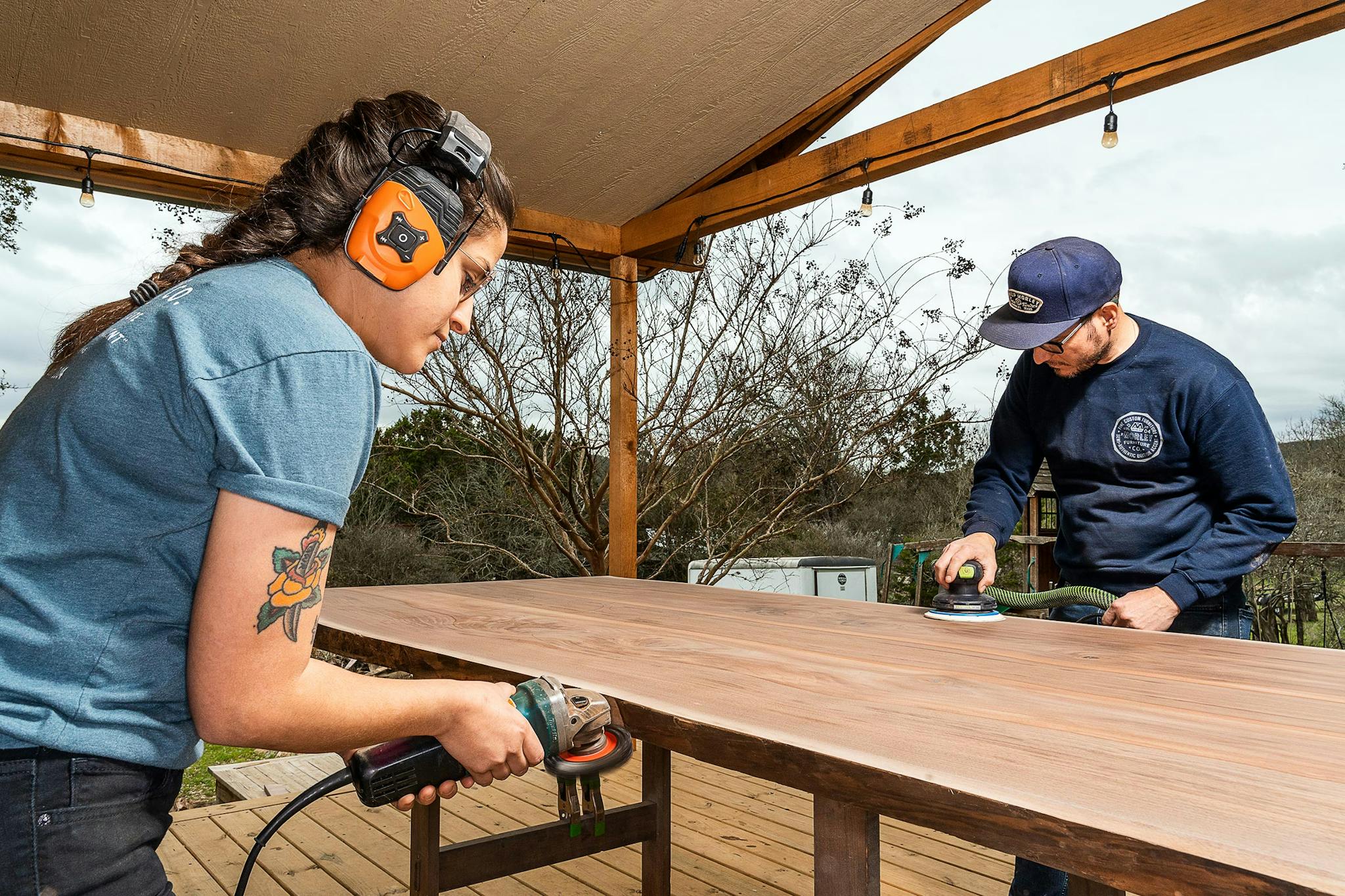
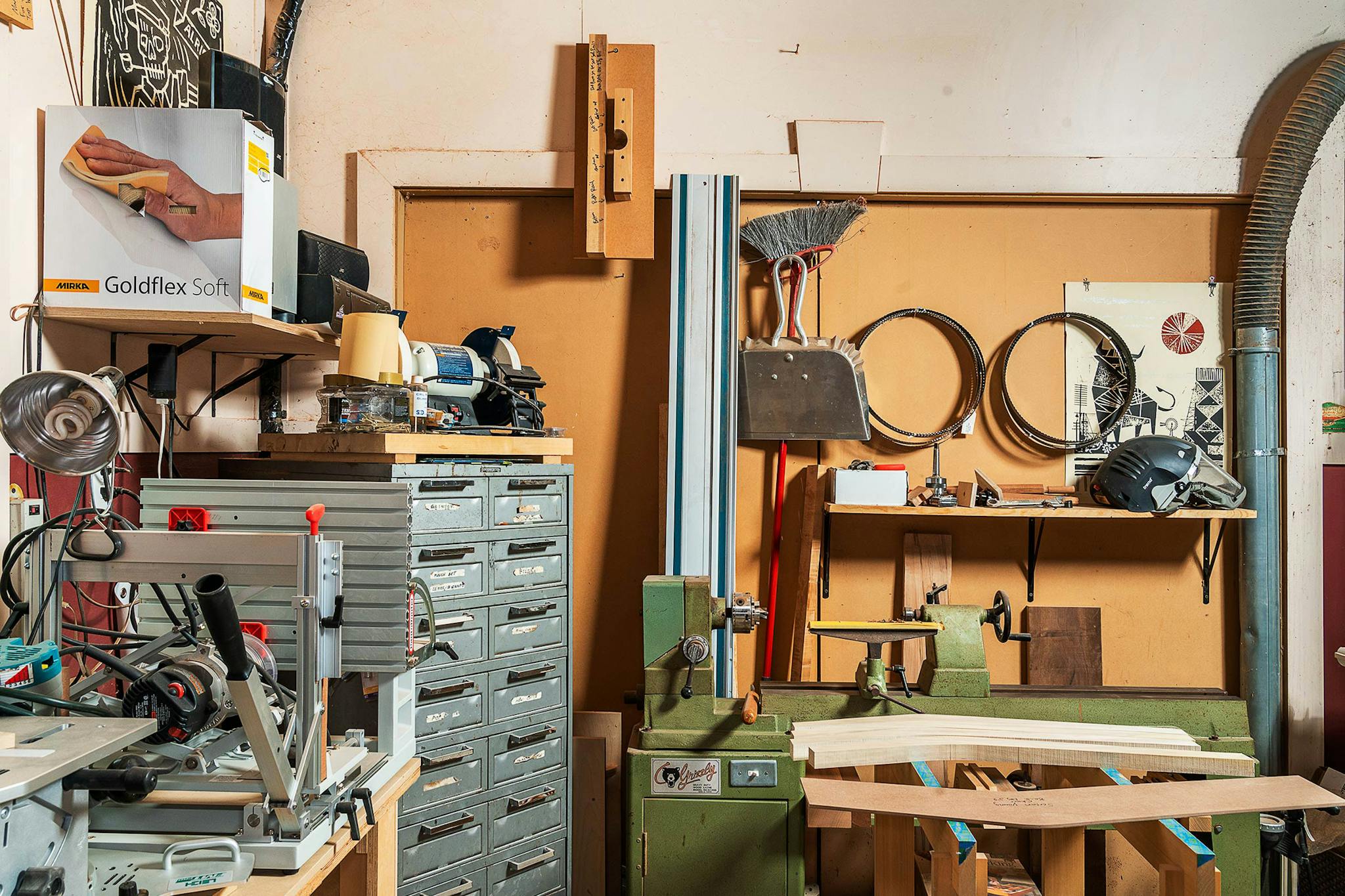
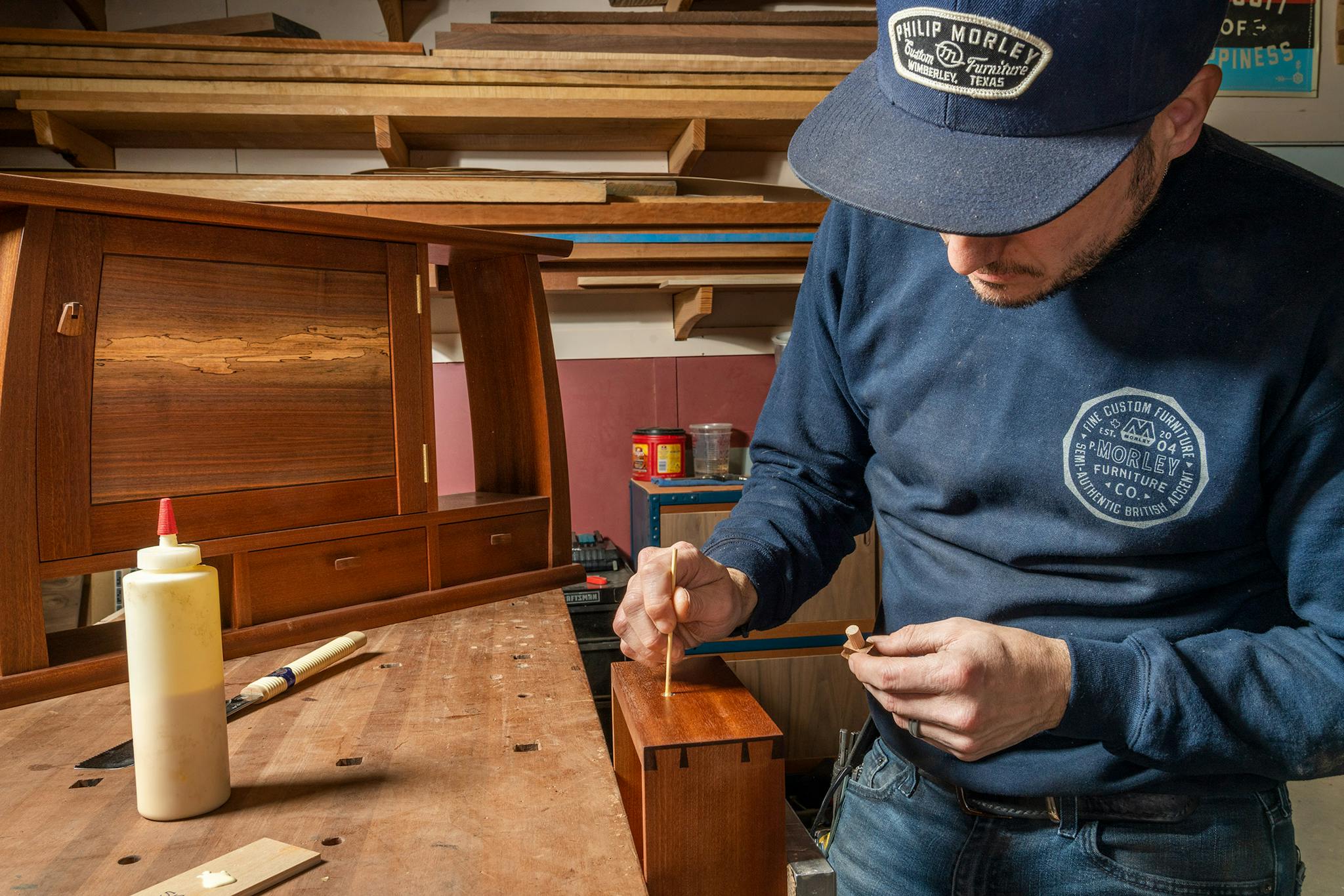

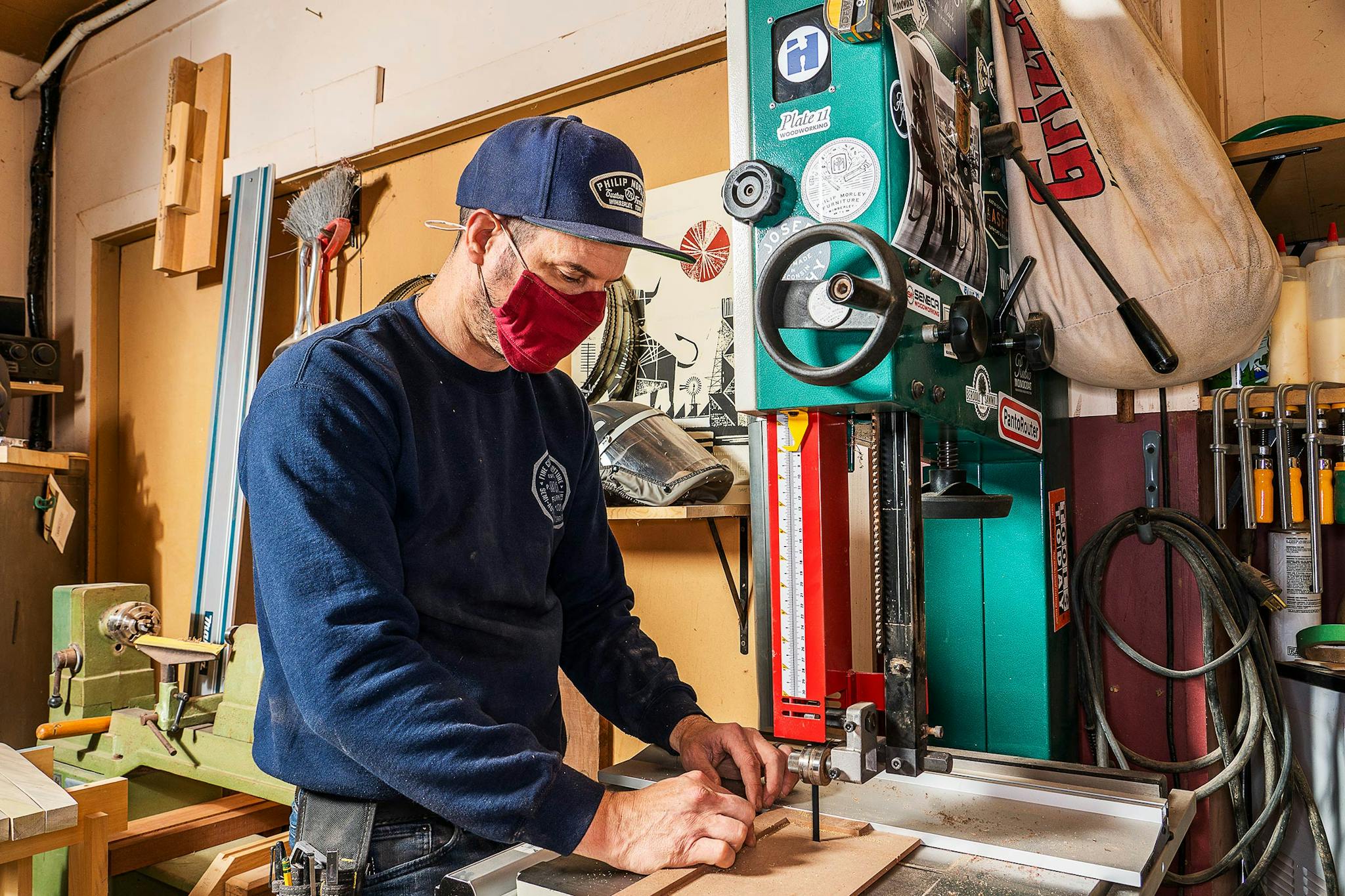
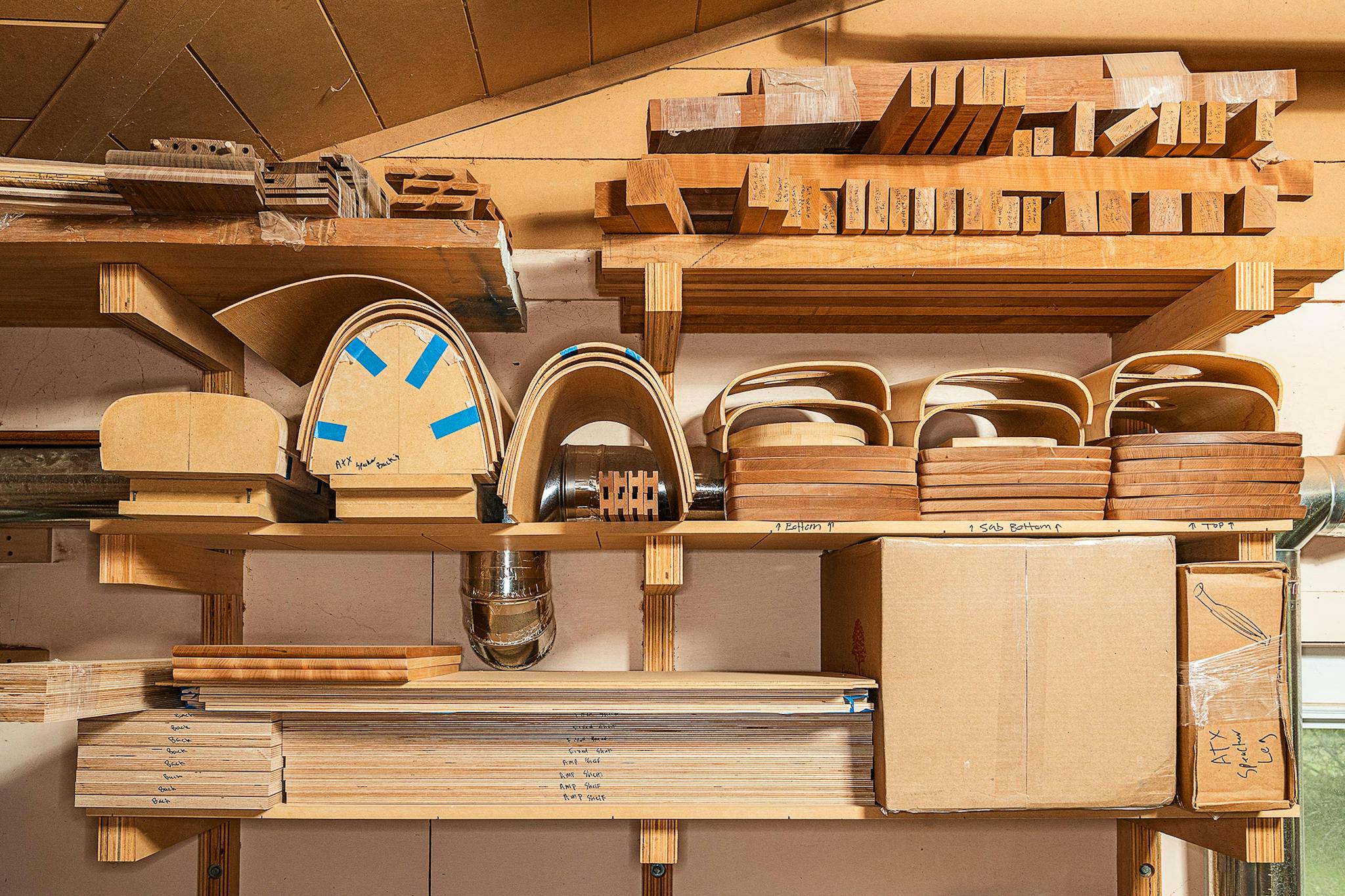
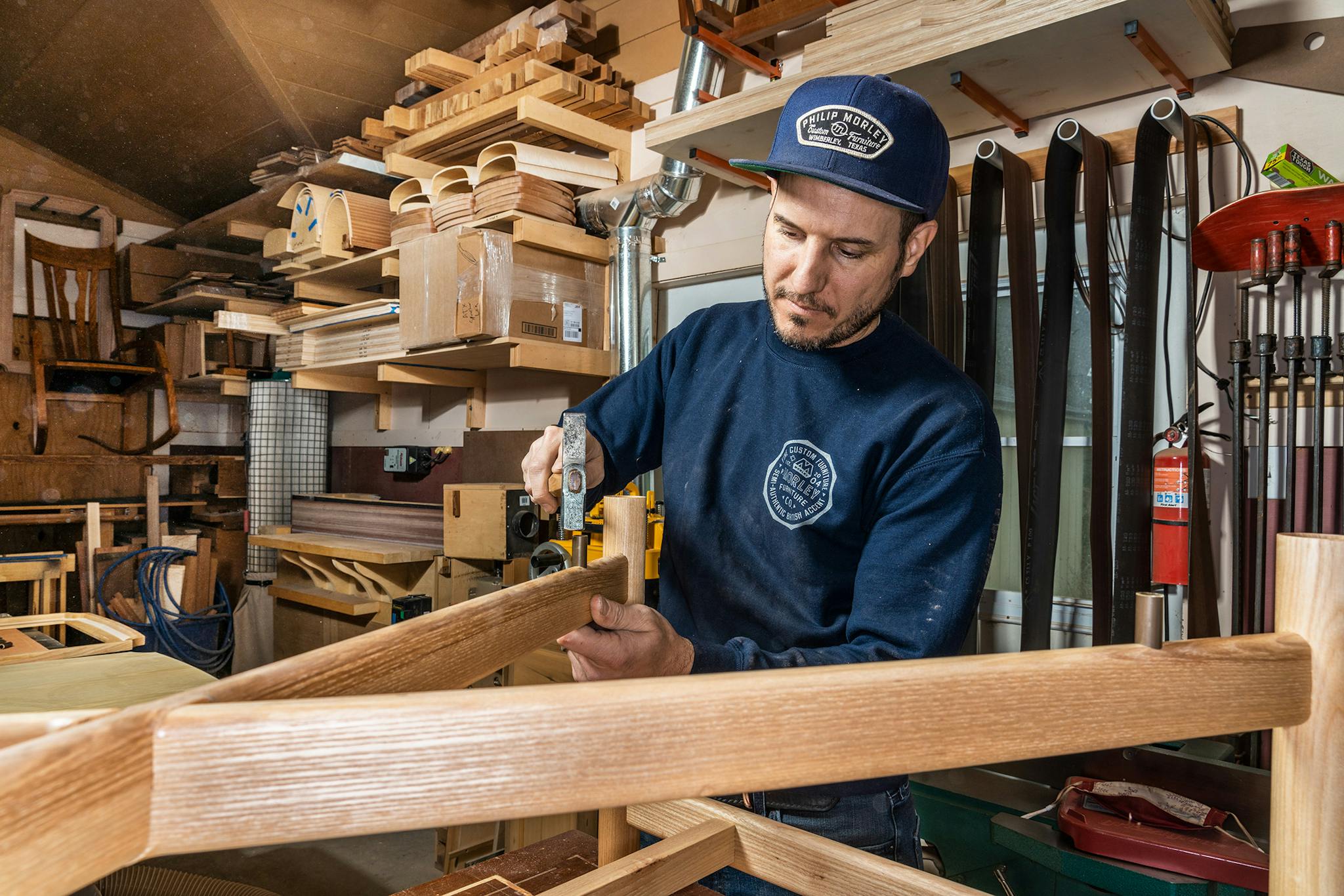
- More About:
- Wimberley







